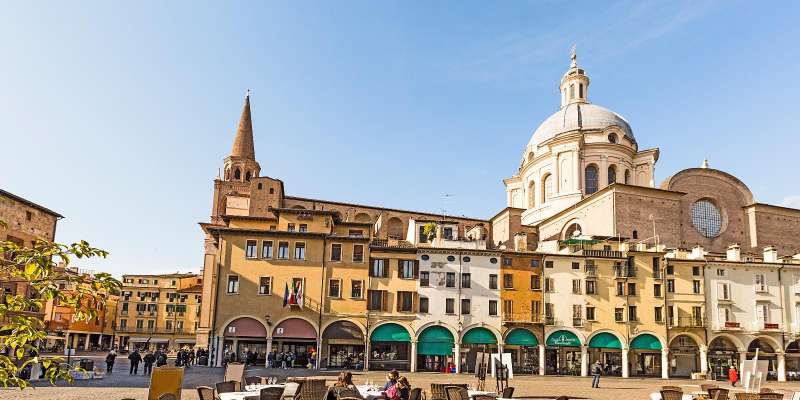- Home
- Useful Tips
- Where to find authentic Mantuan...
Finding authentic Mantuan pumpkin dishes proves frustrating for travelers. Over 70% of visitors report dissatisfaction with tourist-trap restaurants serving bland, overpriced versions of local specialties like tortelli di zucca. The difference between mass-produced and traditional preparations is stark – handmade pasta filled with sweet kabocha squash, mostarda, and amaretti crumbs versus frozen imports with artificial flavorings. This culinary disconnect leaves travelers feeling cheated of a genuine Northern Italian food experience, especially during autumn harvest season when pumpkin dominates Mantua's gastronomic identity. Locals guard their family-run osterias closely, making it difficult for outsiders to distinguish between authentic cucina povera and commercialized imitations.


Why most tourist restaurants fail Mantua's pumpkin tradition
The heartbreak of mediocre tortelli di zucca often stems from volume-focused kitchens cutting corners. Authentic Mantuan pumpkin pasta requires specific DOP ingredients like Mantova pumpkins, Parmigiano Reggiano aged 24 months, and mostarda di Cremona – costly elements many high-turnover establishments substitute with inferior products. Local grandmothers will tell you the filling should balance sweet and savory with precise ratios of squash to cheese, a technique perfected over generations. Tourist spots frequently skip the essential amaretti cookie crumbs that provide textural contrast. Worse still, some use pre-made pasta dough that lacks the characteristic egg-rich elasticity of handmade sfoglia. When you've traveled specifically for this culinary experience, settling for anything less feels like missing Mantua's soul.
Three family-run osterias locals won't tell you about
Venture beyond Piazza Sordello to discover unassuming storefronts preserving Mantua's pumpkin heritage. Trattoria da Claudio near Pescherie quarter uses 18th-century recipes, their tortelli featuring house-cured pancetta in the filling – a controversial but divine local twist. For purists, Osteria dell'Oca serves textbook-perfect versions with silk-thin pasta and filling that holds its shape when cut. The real insider spot? Latteria San Pietro, where nonna Maria still hand-rolls dough at 5am using bronze dies for perfect sauce adhesion. These spots rarely appear on English-language lists because they don't pay for placement. Arrive before 12:30pm to secure a table without reservations, and don't expect elaborate menus – these specialists focus on doing one dish exceptionally well.
Autumn food festivals worth planning your trip around
Time your visit with October's Festa del Tortello in Quistello, where village nonnas compete for the title of best pumpkin tortelli. This 40-minute drive from Mantua rewards with unlimited tasting portions for €15, plus demonstrations of proper pasta technique. Nearby Gonzaga hosts Zucche in Piazza every November, transforming the main square into a pumpkin bazaar with rare squash varieties and cooking workshops. For overnight immersion, the Sagra della Zucca at Borghetto sul Mincio pairs river views with multi-course pumpkin dinners in a 15th-century mill. These events showcase regional differences – Borghetto's version includes pumpkin-filled cappellacci rather than Mantua's signature tortelli. Local transport is scarce, so renting a car or joining a food tour proves practical for festival hopping.
How to spot authentic pumpkin dishes before ordering
Discerning true Mantuan quality requires knowing visual and menu cues. Authentic tortelli should be square with visibly hand-crimped edges, never perfectly uniform. The filling color should resemble roasted pumpkin, not artificial orange. Menus mentioning 'zucca mantovana' or 'mostarda' indicate traditional preparation, while vague 'pumpkin ravioli' descriptions often signal tourist fare. Price is another tell – proper tortelli cost €12-18 due to labor-intensive preparation. Watch for seasonal indicators: no reputable local spot serves fresh pumpkin pasta year-round. If you see it offered in summer, they're likely using frozen imports. For guaranteed quality, ask about their pasta school – true masters proudly display diplomas from Mantua's Instituto Alberghiero culinary academy.



